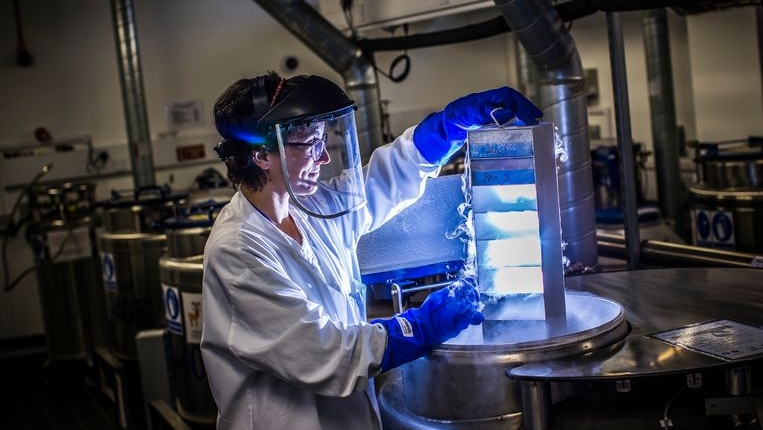Scientific fraud is a growing concern in the medical field, with an increase in retracted papers due to scientific errors such as plagiarism and incorrect data. This trend is not limited to medical science, with all sciences experiencing a rise in retrieved papers. The impact of scientific fraud can be significant as it forms the basis of medical practice, resulting in potential harm to patients. Greater vigilance is needed to detect and correct scientific fraud promptly, and there are better tools for identifying potential plagiarism or other errors. However, the evaluation of scientists often depends on the papers they publish, resulting in increased pressure to publish that overshadows doing good science. There needs to be more attention paid to other methods of evaluation, and scientists must take responsibility for their work.
The Increasing Trend of Retracted Medical Papers: Understanding the Impacts of Scientific Fraud
Retraction Watch, a website dedicated to tracking retractions in scientific publications, reports that since 1996, 19,000 medical papers have been retracted due to scientific errors such as plagiarism and incorrect data. This number has doubled since 2018, with 2,600 medical papers withdrawn in 2022 alone, as reported by an article in the Economist. Although some authors withdrew their articles due to errors they found themselves, the vast majority of retractions occurred due to alleged fraud, including falsification of data.
The increase in retractions is not limited to medical science, as all sciences are experiencing a rise in retrieved papers. In the past, only one paper out of every 5,000 was withdrawn, while today it is 1 in 1,000 or 0.1%. Evan Oransky, co-founder of Retraction Watch, believes that this increase is mainly due to more people detecting fraud rather than scientific fraud being on the rise. Oransky also estimates that the number of papers that should actually be retrieved is around 2% based on whistleblower work and surveys of academics.
While the increasing number of retractions is a positive sign of greater vigilance, it is not happening fast enough. A 2013 survey conducted by psychiatrist Joeri Tijdink among 315 scholars from medical faculties of all Flemish universities found that 8% of scientists admitted to fabricating or removing data in the past three years to correct the hypothesis. This is a concerning trend in medical science, where reliable research is vital, and errors can have a negative impact on patients.
According to Wim Benkstein, Professor of Medical Ethics at UHasselt, scientific fraud is a highly studied area in biomedical sciences due to its significant impact on patients. The sector is highly regulated, and the scientific method is of great interest, but the problem of scientific fraud persists.
One of the challenges is that retractions can take years to occur, resulting in withdrawn papers being included in significant literature searches. A team of Scottish researchers examined the impact of 27 retracted papers and found that they were included in 88 papers, literature, and descriptions of medical treatments. Half of those studies would have had to change their conclusions if they did not include the results of the incorrect papers. The researchers contacted the authors of all literature searches, but nothing had changed in 39 out of 44 studies after a year.
The trend of increasing retractions highlights the importance of accurate scientific research, and the need for greater vigilance to detect and correct scientific fraud promptly.
The Impacts of Scientific Fraud on Medical Practice: A Call for Greater Vigilance
Scientific fraud has become a growing concern in the medical field, with 19,000 medical papers retracted since 1996 due to scientific errors such as plagiarism and incorrect data. According to an article in the Economist, this number has doubled since 2018, with 2,600 medical papers withdrawn in 2022 alone. This trend is not limited to medical science, as all sciences are experiencing a rise in retrieved papers. While this increase is mainly due to more people detecting fraud rather than scientific fraud being on the rise, the number of papers that should actually be retrieved is estimated at 2%.
The impact of scientific fraud can be significant, as it forms the basis of medical practice. For example, heart patients in Europe received beta-blockers for ten years before undergoing surgery to reduce the risk of heart attacks or infarctions, based on a 2009 study consisting of fabricated data. According to an estimate in the Economist, this practice could have cost the lives of 10,000 Britons annually.
Greater vigilance is needed to detect and correct scientific fraud promptly. More journals today require that all data be added to the manuscript as a standard, and there are better tools for removing potential plagiarism or other errors from studies. Universities themselves are also becoming more vigilant.
However, the evaluation of any scientist today often depends a lot on the papers they publish. This increased pressure to publish overshadows what it should be about: doing good science. There needs to be more attention paid to other methods of evaluation, and scientists must take responsibility for their work.
Gert Storms, a member of the Flemish Committee for Scientific Integrity, notes that as a peer reviewer, he often gets very little in return for the time he has to devote to thoroughly reviewing a study. The vast majority of fraud is not reported by peer reviewers, but by fellow authors. This highlights the need for greater tools and methods for identifying scientific fraud, as well as more vigilance from scientists and universities.
Don’t miss interesting posts on Famousbio
